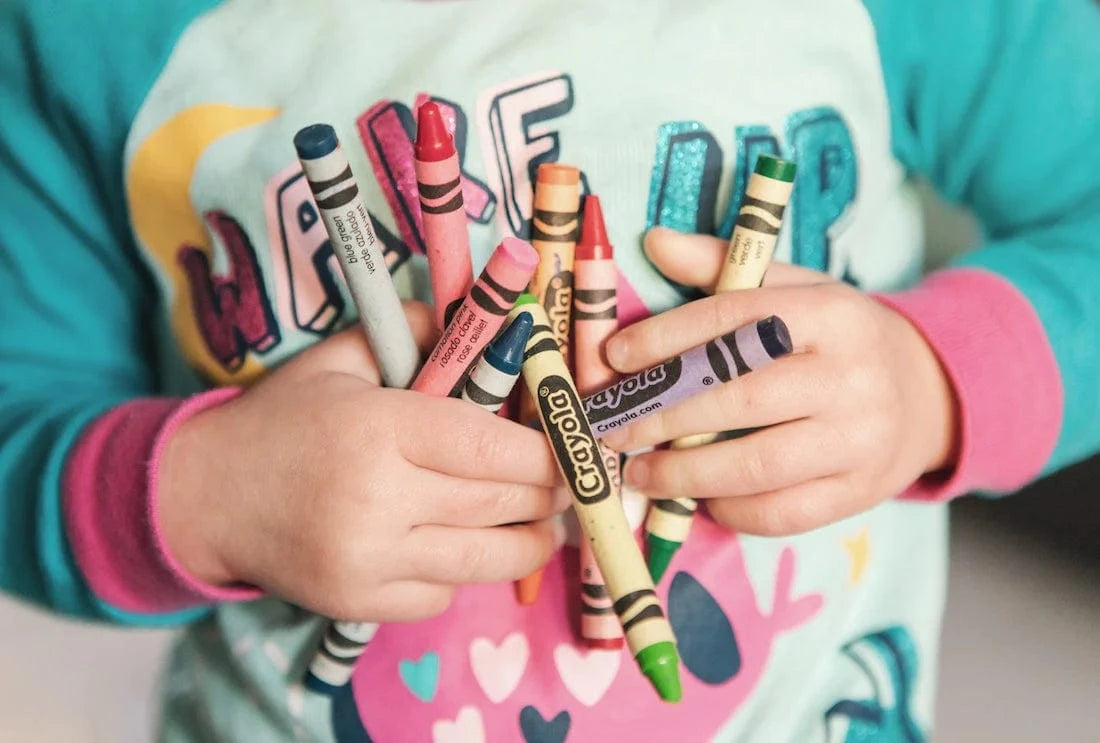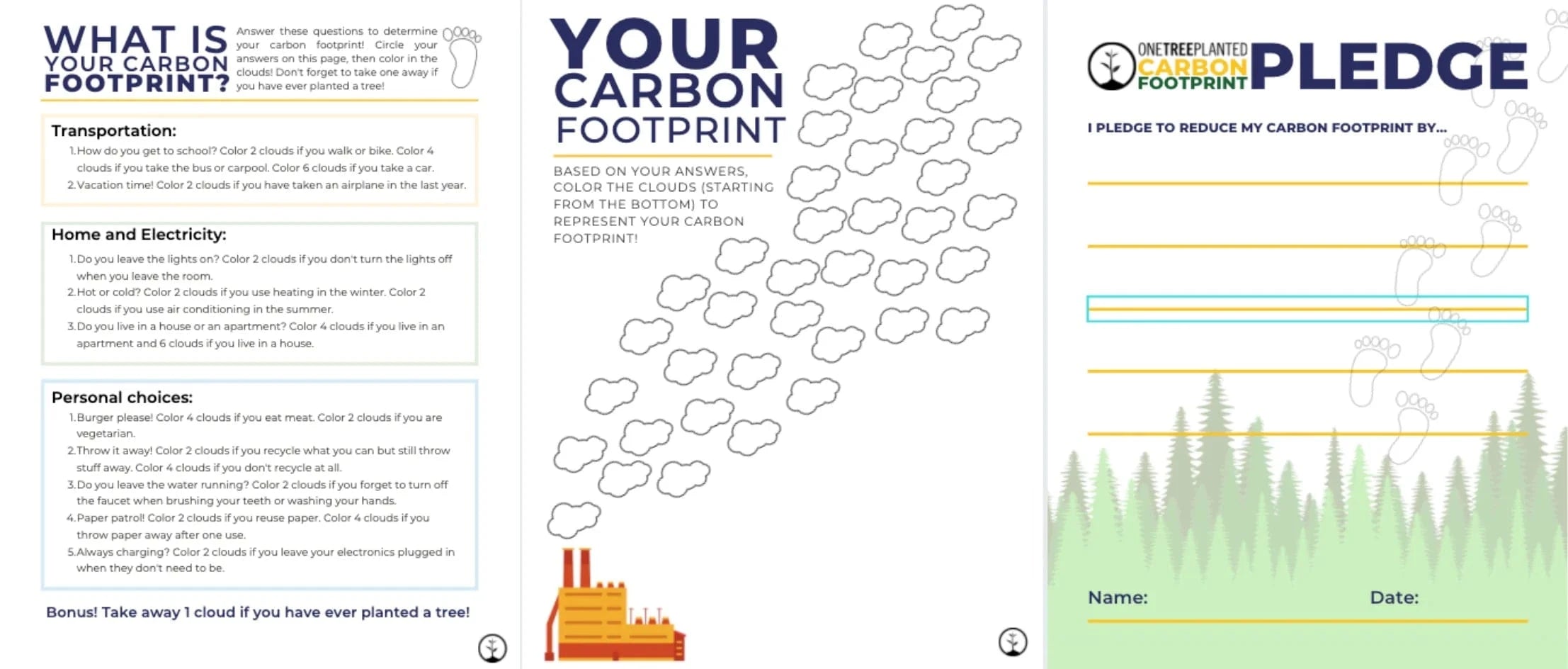
Get news, updates, & event Info delivered right to your inbox:

Unexpectedly thrown into homeschooling? It's no small task to keep your kids on track with learning their usual requirements when it comes to reading, writing, and doing math from home. But the the family activities is where you can really have fun!
That's why we've gathered 8 fun educational activities for kids, to help engage your children at home, start some great new conversations around the importance of sustainability, and have fun along the way!
Here Are 8 Fun Activities To Do At Home With Kids
2. Start a Compost
Spending more time at home creates the perfect time to reuse your food waste and start composting, which you can then use to boost the perfect soil for your garden this Spring. Want a step by step on how to start composting? Download our kit of fun, sustainable homeschool activities for kids!
3. Play a Game
Playing games is a great way to develop your kids' learning abilities, helping them to learn how to regulate emotions and to develop strategic thinking. Minecraft: Education Edition has a great set of biodiversity based games, free to anyone with a Minecraft subscription. Check out these from WWF: Extinction: Biodiversity, Extinction: Safari.

4. Calculate Your Carbon Footprint
Teach your kids about what is a carbon footprint with the help of our lesson for kids. Follow along with this guide, and this powerpoint. Then, use this quiz we put together to see your family's carbon footprint, and make a pledge to lower it.
5. Spring Cleaning
Sort through old clothes and toys to make a give away bag to donate later. Find something broken along the way? Try to repair it before replacing it! If your kids are reluctant to part with their things, tell them it’s essential if they want to make room for something new in the future.

6. Follow the ABC’s of Going Green
Go down the list to see what you’re already doing, and what changes you could make as a family. Download the ABC List.
7. Make Art
Upcycle old materials to create a fun art project. Did you know, you can cut off the ends of dried markers, and soak them in water to make watercolor paint? Try painting on old newspapers, or the inside of cereal boxes for a cool textured background!
8. Make Some Plant Based Treats
This is a personal favorite recipe of mine: 3 ingredient oatmeal banana cookies! Bonus: they’re great as breakfast and super easy to make.
Want more eco-friendly, kid-friendly activities to keep kids busy? Check out our homeschool activity guide for more ideas and how-to’s.
Get news, updates, & event Info delivered right to your inbox:
Related Posts
9 Sustainable New Years Resolutions
18/12/2025 by Meaghan Weeden
Inspirational Quotes About Trees
16/12/2025 by Meaghan Weeden
The 9 Oldest, Tallest, and Biggest Trees in the World
11/12/2025 by One Tree Planted
Popular On One Tree Planted
Inspirational Quotes About Trees
16/12/2025 by Meaghan Weeden
The 9 Oldest, Tallest, and Biggest Trees in the World
11/12/2025 by One Tree Planted
What Causes Deforestation?
10/07/2025 by Meaghan Weeden
Fundraising Disclosures

Be Part of the
Restoration Movement
The Grove is more than just a monthly giving program: it's a vibrant community of individuals who are dedicated to reforestation and environmental restoration on a global scale.
As a member of The Grove, you affirm your commitment to restoring forests, nurturing biodiversity, and fostering positive global change.



